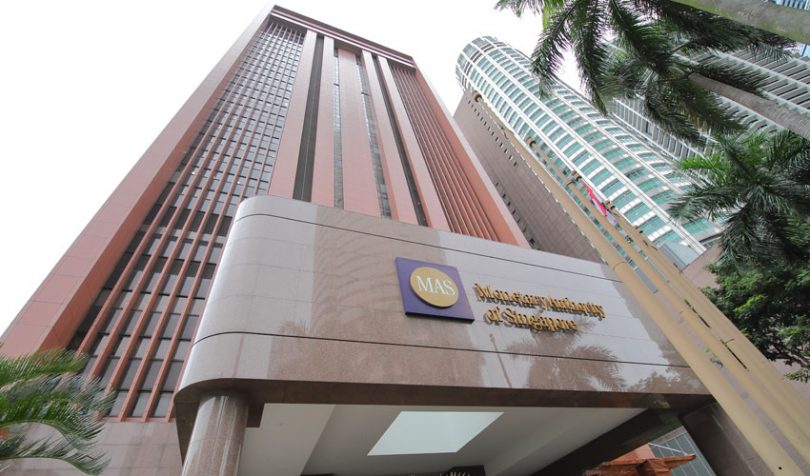Today the Monetary Authority of Singapore (MAS) announced it has completed a test of blockchain-based payments involving multiple currencies developed with JP Morgan and government-owned conglomerate Temasek. This is part of phase five of Project Ubin by MAS, a groundbreaking multi-year exploration of blockchain and Central Bank Digital Currencies.
The latest round of tests involved more than 40 institutions, same of them non-financial firms. The aims are to explore the commercial viability of the network as well as some specific features. These include the ability to enable multiple blockchain networks to interoperate.
Plus applications are being trialed such as the instant settlement of securities trades or Delivery versus Payments for private exchanges. Also for securities trading, conditional payments and escrow were tested. Additionally, the experiments involved trade finance and payment commitments in particular.
“J.P. Morgan is excited to be an infrastructure partner of MAS and Temasek for Phase 5 of Project Ubin,” said John Hunter, JP Morgan’s Global Head of Clearing and Interbank Information Network (IIN).
“By leveraging our key learnings from building the Interbank Information Network (IIN) and the JPM Coin, J.P. Morgan is well-positioned to support the development of a blockchain-based payments network and operate at scale.”
The IIN is a global network of several hundred financial institutions focused on payments. Its first application addressed anti-money laundering inquiries between banks which often delay cross border transactions. In addition to JPM Coin, JP Morgan is also the initiator of Quorum, currently the most popular enterprise blockchain version of Ethereum.
Most previous iterations of Project Ubin have focused on Central Bank Digital Currencies (CBDC). Given this experiment involved multiple currencies and only one Central Bank participant, we thought it may have used a mix of private currencies such as JPM Coin and CBDC. A MAS spokersperson responded to Ledger Insights’ queries:
“The project provides connectivity interfaces for the issuance of digital currencies on the network, by different partners which could be both central banks and commercial banks. Where the issuer is a central bank, the corresponding digital currency on the network would be what we commonly refer to as Central Bank Digital Currency (CBDC). Where the issuer is a commercial bank, the corresponding digital currency would be commercial bank money, and this is similar to off-shore foreign currency clearing.”
“We are encouraging further collaboration with other central banks, as well as commercial banks, to explore possible cross-border collaboration that may use other blockchain platforms or technology solutions, and to include other foreign currencies on the Ubin test network.”
“The platform has been implemented on the Quorum blockchain, leveraging prior work done on Phase 4 (Jasper-Ubin integration with Bank of Canada) and J.P. Morgan’s work on Interbank Information Network (IIN) and JPM Coin.”
Sopnendu Mohanty, Chief FinTech Officer, MAS, expressed a hope that MAS’s experiments would encourage other trials. As with previous rounds of Project Ubin, a report will be published in early 2020, this time written by Accenture.
“We look forward to linking up with more blockchain networks to improve cross-border connectivity,” said Mohanty. “This will be a big step forward in making cross-border transactions faster, cheaper, and safer.”
Project Ubin has been through five phases. In the first, MAS collaborated with R3 for inter-bank payment trials. In the second it developed three separate prototypes, using R3’s Corda, Hyperledger Fabric and JP Morgan’s Quorum, and published the open-sourced code.
Next, it worked with the Singapore Exchange (SGX) on instant settlement for tokenized assets. And the recent fourth phase involved experiments with two other central banks, the Bank of England and Bank of Canada. The latter has its own high profile Project Jasper, and the two central banks tested cross border, cross currency payments.
Notably, Accenture has been the technology partner for Project Jasper. It’s now writing the report for Project Ubin. And it also recently partnered with SAP to announce a technology platform to enable banks to adopt CBDC alongside existing real time payments infrastructures.
Update: The response from a MAS spokesperson has been added.






